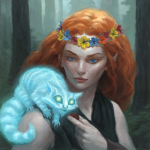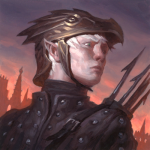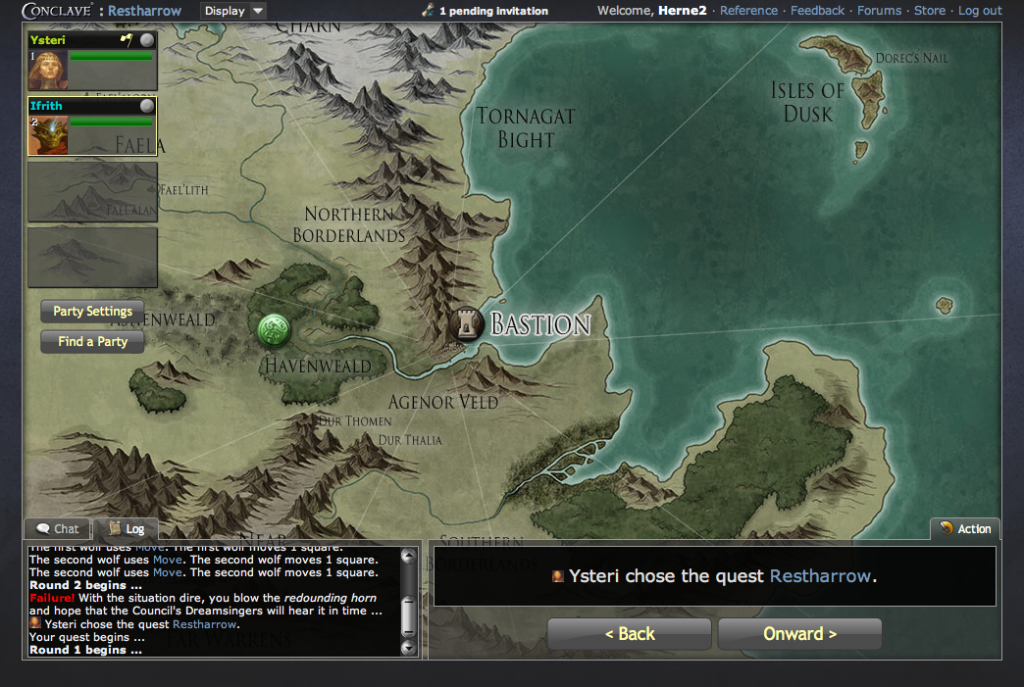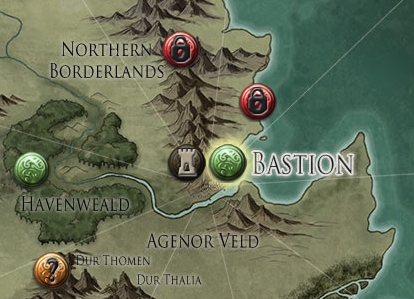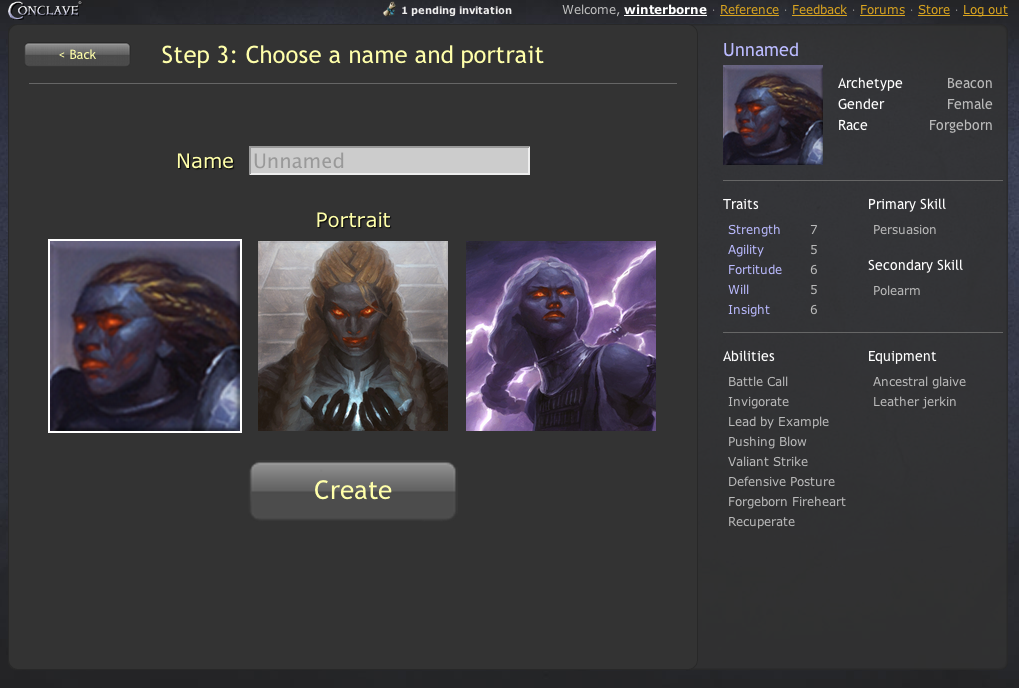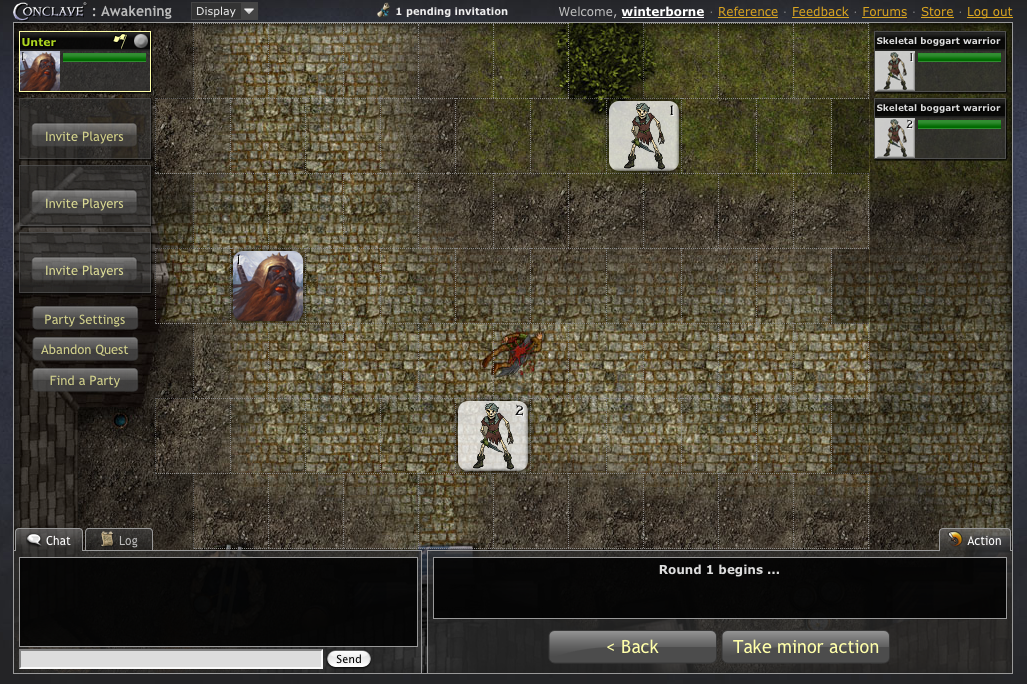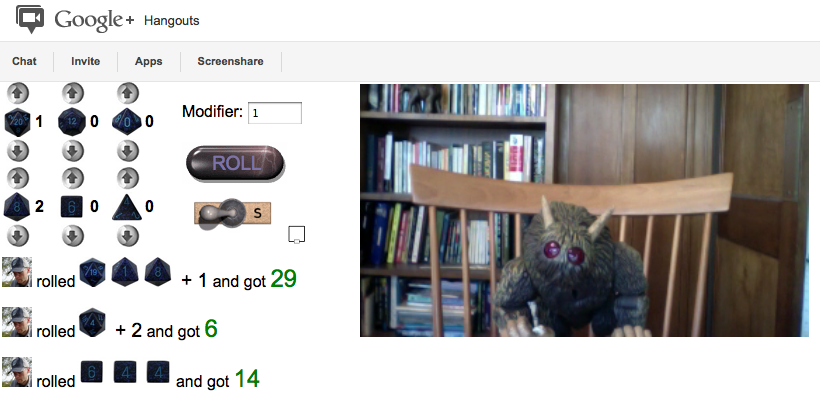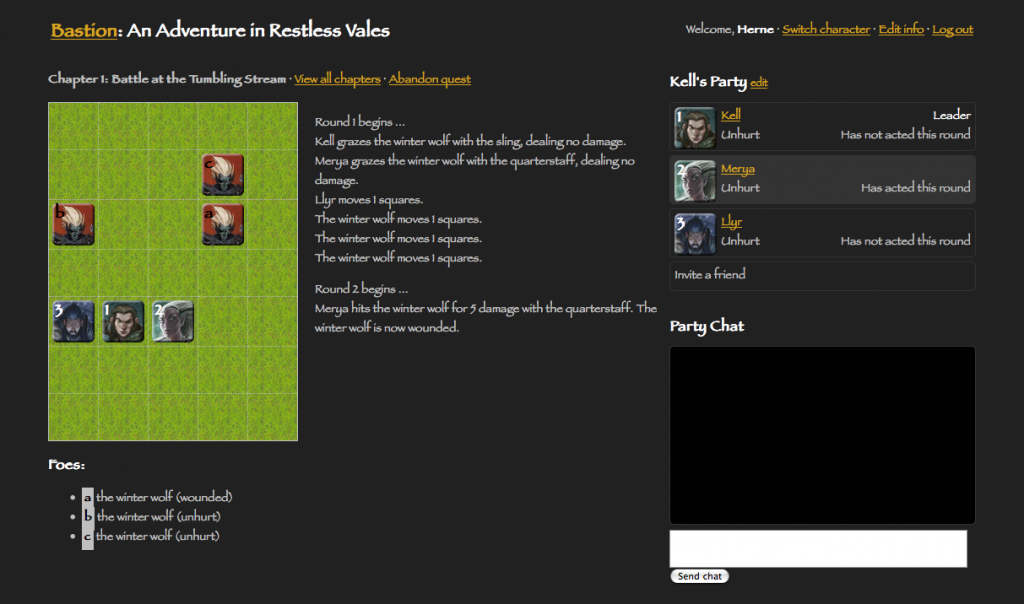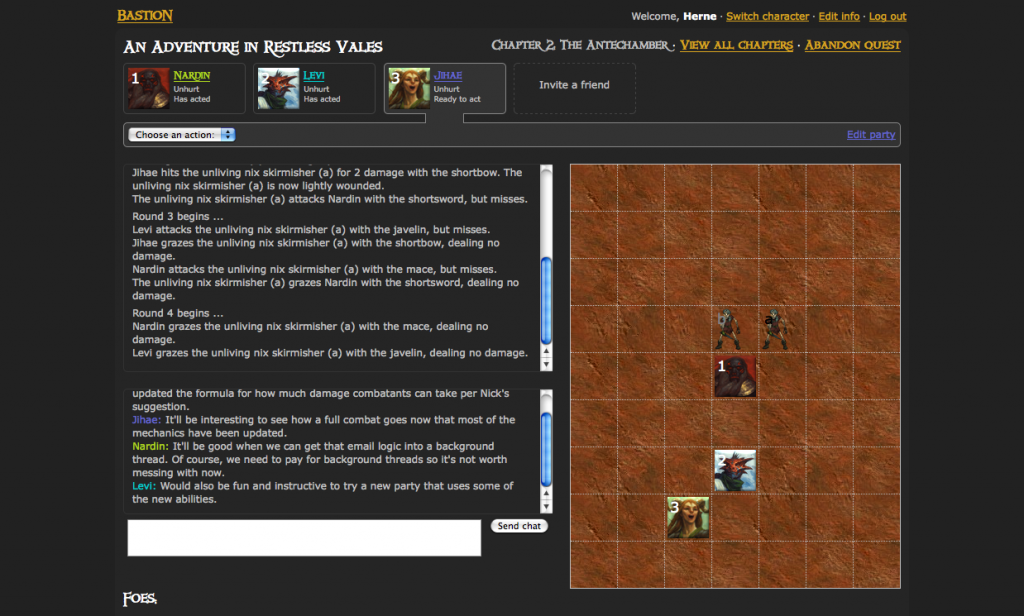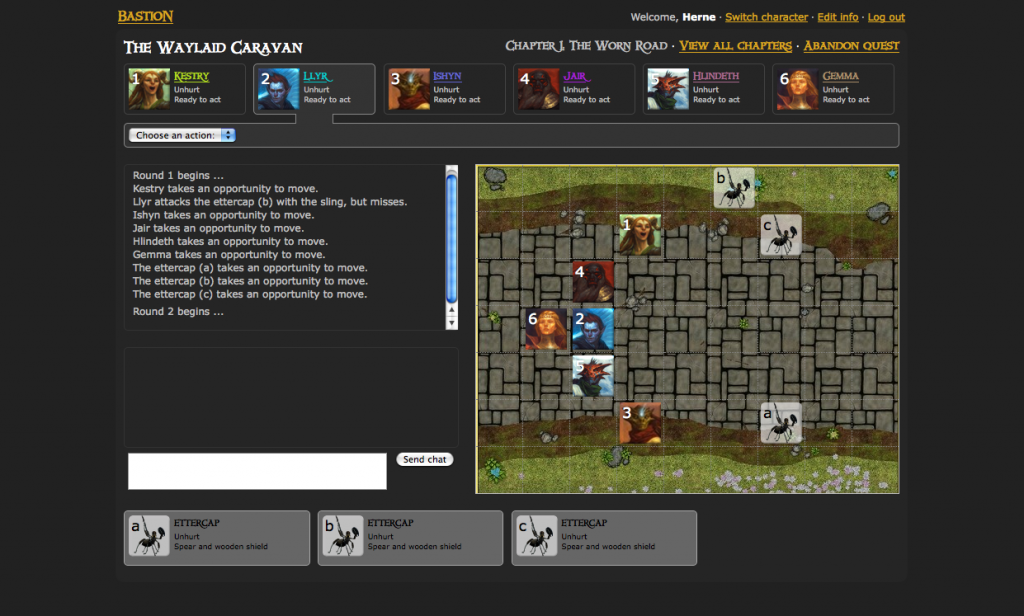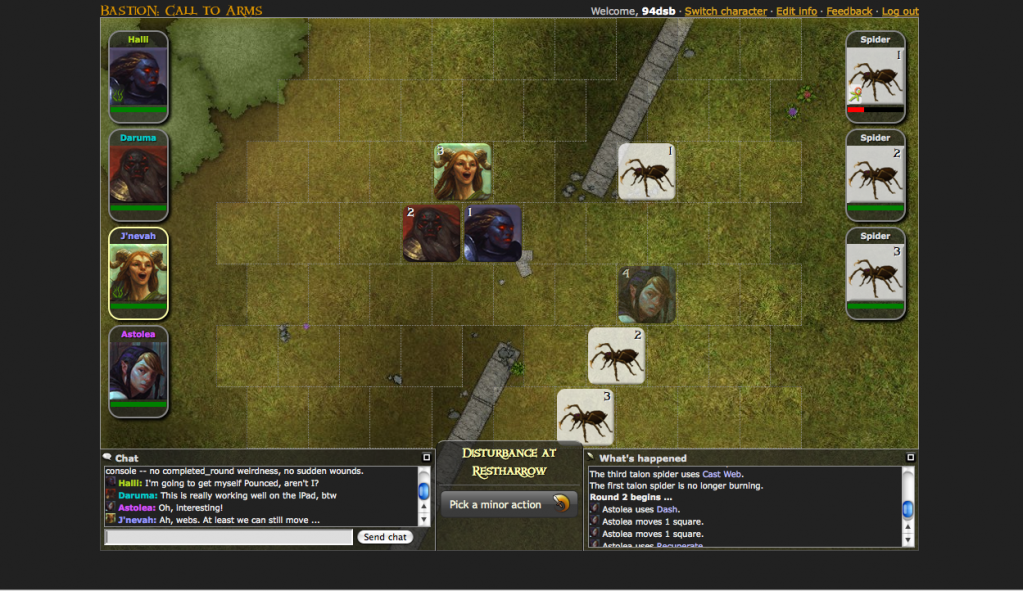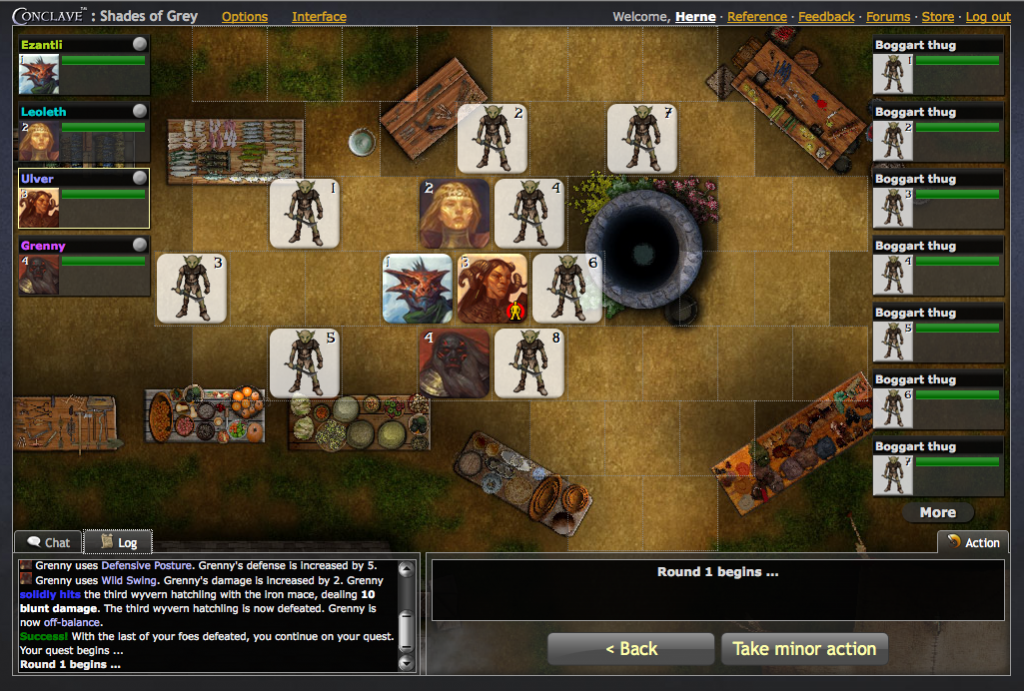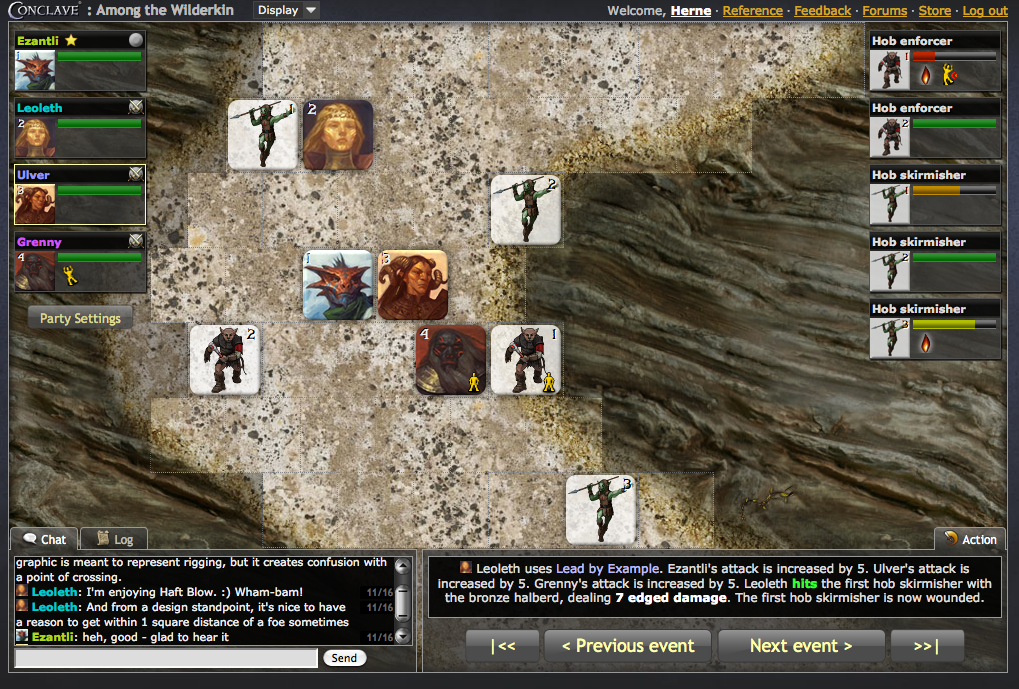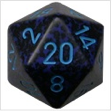
You won't be seeing this again.
One piece of feedback we often get is that Basic Attack is superfluous, and should get the axe. We agree, and in fact planned to remove Basic Attack many, many months ago, but the task got displaced in favor of more important things (like, say, providing party chat, or implementing battlefield terrain). However, we’re finally getting around to making this change as we spend some time on smaller tasks like this that help the overall game experience.
So why did it take so long for us to get around to removing Basic Attack? Even a change like this has consequences that you’re likely to miss until you really take a careful look and think the whole thing through. First of all, most of the enemies in Conclave have Basic Attack. Coming up with a set of replacement abilities – most of which are just flavorful renamings of the same effect – isn’t hard, but it takes time to assign each replacement to the right foe.
The larger complication, though, is that Basic Attack is occasionally relevant to the Vanguard and Beacon. Both the Rogue and True Bow have abilities that are strictly better than Basic Attack (Deft Blow and Prescient Blow, respectively), and the Runecaster isn’t supposed to be whacking anybody on the head anyway, but Vanguards don’t always want the movement associated with Charge or the off-balance penalty of Wild Swing, while the Beacon may not want to move an opponent with Pushing Blow. (What about Lead by Example? More on that in a moment.)
This means that the Vanguard needs a new at-will attack that, like Deft Blow and Prescient Blow, is always better than Basic Attack. Why better? Well, we don’t want anybody to feel penalized by having selected an archetype whose base strike is just lamer than that of the others. Meanwhile, those base abilities are part of what provide identity to each archetype: you want to be able to picture the Rogue getting clever with a blade, and the True Bow anticipating where her enemy will be moments before she looses her arrow. The Vanguard deserves the same, and that’s what it will receive with its new Basic Attack replacement: Smash, which ignores a point of your target’s Protection as the force of your attack pushes right through intervening armor.
With the Beacon, we wanted to make sure to provide a base strike that’s better than Basic Attack even if you are playing solo. This is in keeping with recent changes to Rally and Turn the Tide to make them affect the Beacon as well as any party mates. Lead by Example doesn’t currently meet this test. One easy option would have been to apply the same +5 attack bonus to the Beacon that its buddies already enjoy. That’s an option we almost took.
In the end, though, we’ve chosen a different approach. Here’s Lead by Example 2.0:
Make a weapon attack. If you hit, you and all adjacent allies become inspired.
We like this for a few reasons. One is that conditions like inspired are already visually represented on the interface, while simple bonuses remain hidden (for now). Conditions also have other interactions in the game: they may last multiple rounds, they can be zapped by nasty enemy mojo, there are abilities that depend on having a certain condition, etc. Plus the flavor is stronger than before: you have to hit, and if you do, everybody is literally psyched (well, as literally as a character can be in a game like this!), as opposed to receiving the abstraction of a numerical bonus.
Finally, this addition allows us to remove Battle Call from the Beacon. That might seem like an odd thing to cheer about, but it helps us firm up the identity of the Beacon as a battle leader – somebody who does, indeed, lead by example – saving the on-demand inspirational effect of Battle Call for an archetype we’ll be adding to the game down the road.
The addition of Smash and change to Lead by Example has other consequences for the Vanguard and Beacon. Adding Smash necessitated removing an existing ability from the Vanguard, as we want all archetypes to have equal numbers of abilities. We chose to move Defiance until level 2, Sweeping Blow to level 3, and then to remove Shattering Blow entirely from the Vanguard’s ability progression. Waiting until level 2 to get Defiance is a pretty minor change, as characters achieve level 2 so quickly; it largely affects the perception of the archetype as new players are browsing them during character creation. Sweeping Blow is a powerful ability, and also one that becomes more relevant at higher levels where you are more likely to be outnumbered, so we deemed it appropriate to wait until level 3 to grant it. Shattering Blow is partially obsoleted by Smash, and therefore probably won’t be missed.
Meanwhile, with Battle Call no longer needed, we were free to give the Beacon a new ability at level 1. Feeling the Beacon to be slightly underpowered, we were happy with this result. The Beacon now gets Fend Off at level 1, Haft Blow at level 3, and a new ability called Whirling Strike at level 5. Putting Fend Off at level 1 increases the party-helping abilities of the Beacon, further defining the archetype. Haft Blow really helps the offensive output of the Beacon, letting it serve better as the battlefront leader we want the Beacon to be capable of being. Whirling Strike does the same.
As always, let us know your thoughts on the changes we’ve made!

